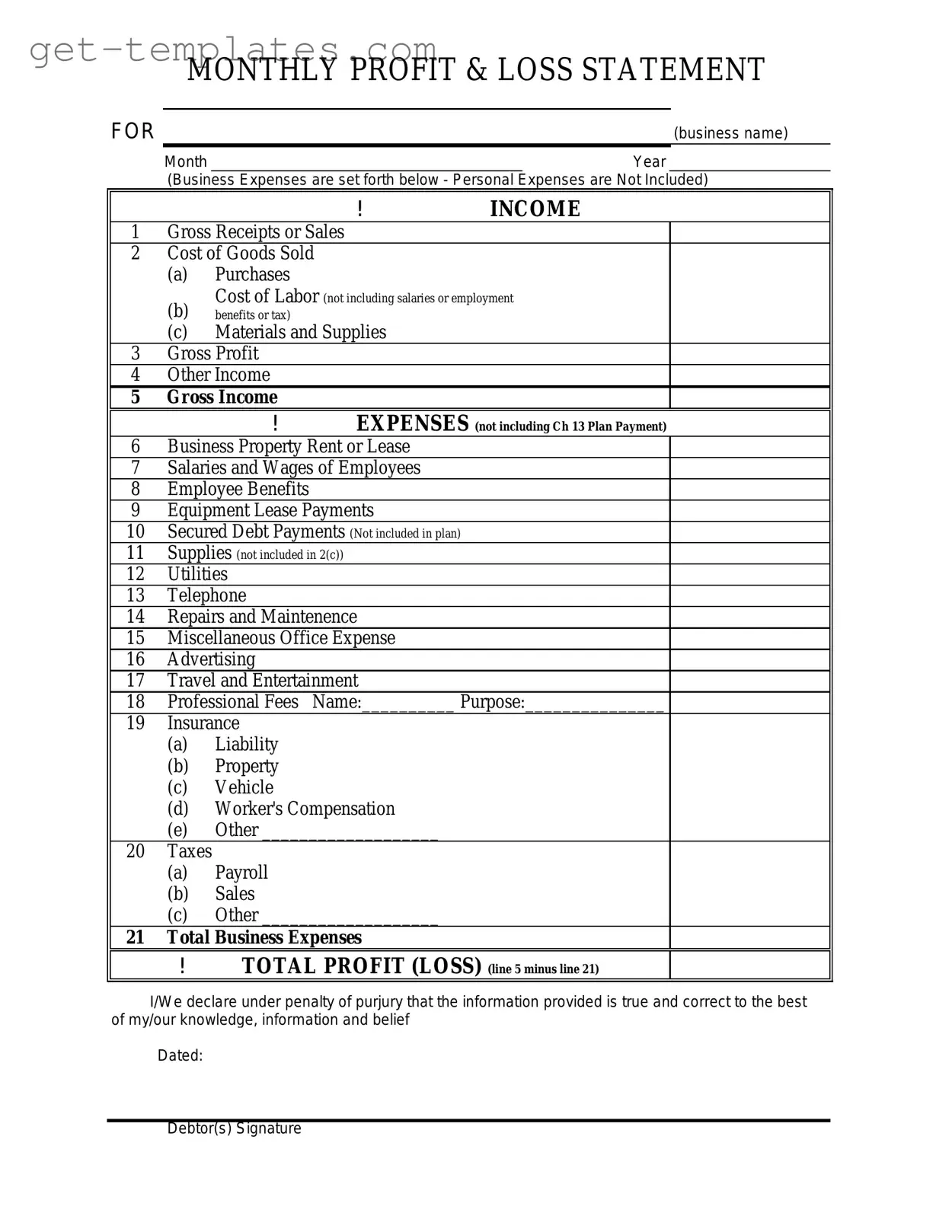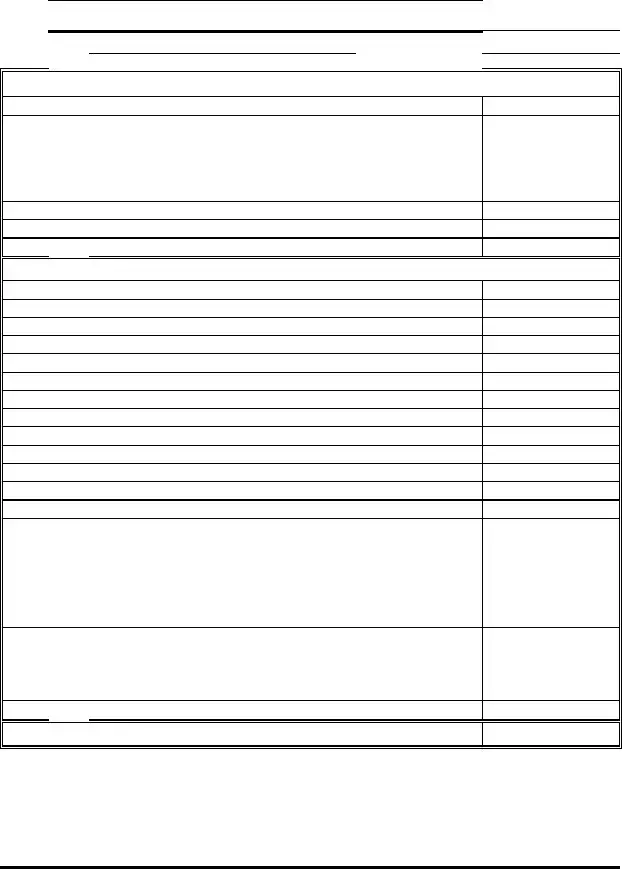Understanding the Profit and Loss form is essential for anyone looking to grasp the financial health of a business. This form provides a clear snapshot of a company’s revenues and expenses over a specific period, typically a month, quarter, or year. By analyzing the data presented, stakeholders can easily assess whether the business is operating at a profit or loss. Key components of the form include total revenue, which reflects all income generated from sales, and total expenses, encompassing costs like salaries, rent, and utilities. The difference between these two figures reveals the net profit or loss, an important indicator of financial performance. Additionally, the Profit and Loss form can highlight trends over time, enabling business owners to make informed decisions about budgeting, investments, and strategic planning. Whether you're a small business owner, an investor, or simply someone interested in financial literacy, familiarizing yourself with this form can provide valuable insights into how businesses operate and thrive.

